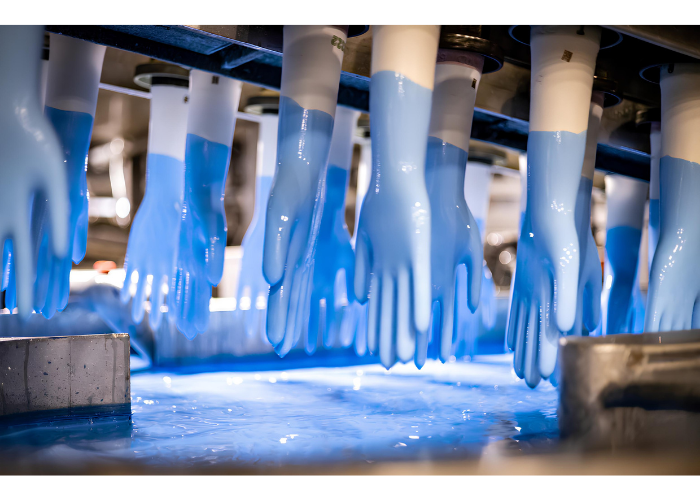
The Discovery of SBR Latex and Its Use in Carpet, Paper, and Glove Industries
In the middle of the 20th century, the synthetic rubber industry had a major breakthrough with the discovery of Styrene-Butadiene Rubber (SBR) latex. SBR was first created in 1929 at IG Farben by German chemist Walter Bock using polymerization. It was intended to address the drawbacks of natural rubber. Significant investigation into the physical and chemical characteristics of SBR during the 1930s increased its suitability for a range of industrial uses.
Use in the Carpet Industry SBR latex quickly became popular in the carpet industry due to its excellent adhesive and elastic properties for backing carpets. Its application enhanced the durability and flexibility of carpets, making them suitable for prolonged use. Additionally, SBR latex reduced material costs in carpet production. Its resistance to water and wear ensured that carpets could withstand both indoor and outdoor environments, extending their lifespan.
Use in the Paper Industry In the paper industry, the discovery of SBR latex provided an excellent solution for paper coatings and laminations. SBR latex added gloss and smoothness to paper, improving print and color application results. Its resistance to water and chemicals made it ideal for packaging paper and cardboard boxes, enhancing their durability for long-term storage and usage.
Use in the Glove Industry In the glove industry, SBR latex played a crucial role in producing both industrial and medical gloves. SBR latex provided exceptional flexibility and durability to gloves and offered a safe alternative for individuals allergic to natural latex. SBR latex gloves, with their high resistance to chemicals and wear, became preferred in industrial settings and laboratories.
10 June 2024




